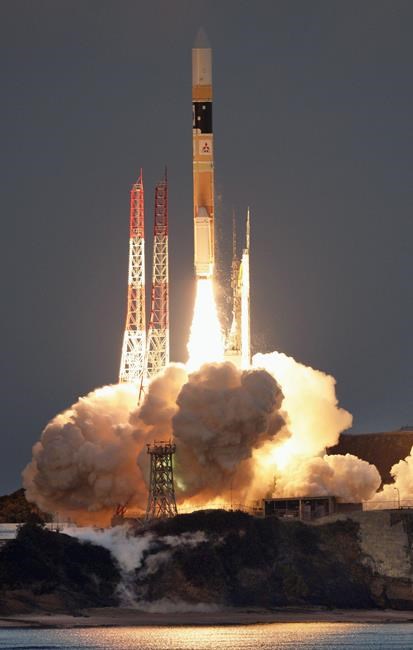
Japan abandons costly X-ray satellite lost in space
TOKYO – Japan’s space agency has abandoned its efforts to restore the operations of a multimillion-dollar satellite that was to probe the mysteries of black holes using X-ray telescopes.
The Japan Aerospace Exploration Agency announced Thursday that it would stop trying to fix the satellite after determining that it was “highly likely” that its two solar arrays had broken off at their bases.
Contact was lost with the satellite on March 26, more than a month after its launch from southern Japan on Feb. 17.
The satellite, named Hitomi, was much larger than previous Japanese scientific satellites, measuring 14 metres (46 feet) in length and weighing 2.7 tons. It was designed to study X-rays emitted by black holes and other objects in space. The X-rays cannot be detected on Earth, because they are blocked by its atmosphere.
The space agency initially thought it had received signals from the lost satellite on three occasions, but later concluded that the frequencies of the communications indicated they were not from Hitomi.
NASA was a principal partner in the Japan-led mission, which involved eight other nations, including Canada and the Netherlands.
Japan’s Kyodo News agency reported that Japan spent about 31 billion yen ($290 million) on the project, and NASA had invested about $70 million.
Join the Conversation!
Want to share your thoughts, add context, or connect with others in your community? Create a free account to comment on stories, ask questions, and join meaningful discussions on our new site.













Leave a Reply
You must be logged in to post a comment.